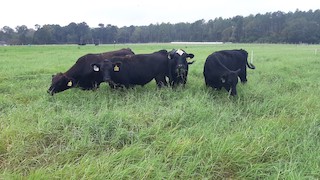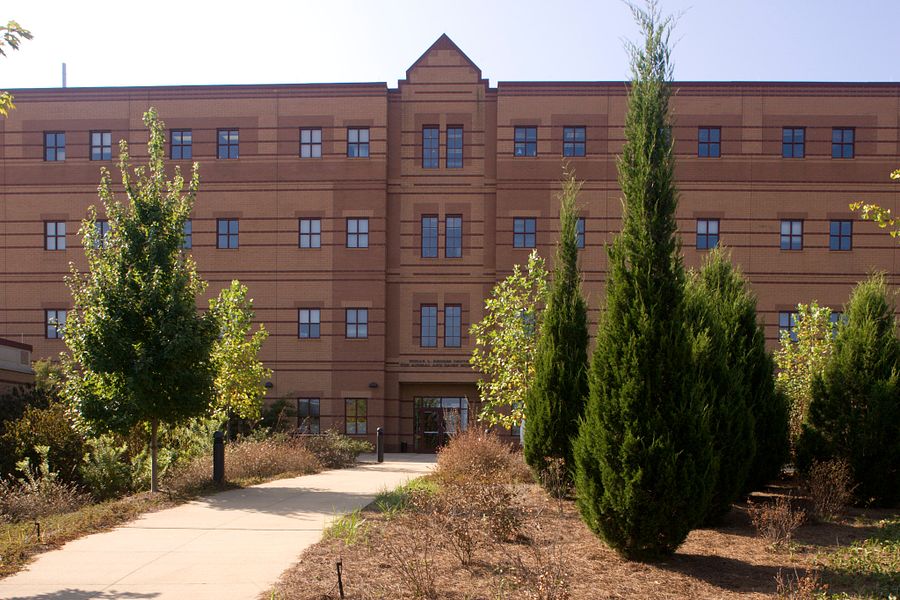As the face of the American farmer changes, so do some of the methodologies, technologies and results. This is no different for the young producers trying to get started in the business or starting new roots away from the family farm. The reality is that many of us have jobs and homes away from the farm and run cattle on land that we don’t see every day, sometimes only once a week — if we’re lucky. Considering this situation I understand why, after talking about the benefits of managed grazing, I often get the long looks that say, “That sounds good but it won’t work for me.”
However, with the help of grazing technology, managed grazing may be a workable solution. Below are some of the common reservations from producers about using temporary electric fencing:
Problem No. 1: “I don’t have an electric fence or electricity available where my cattle are.”
When implementing grazing management strategies, one of the key tools to success is using temporary fencing technology. This technology is a fantastic advancement that allows us the opportunity to adjust our grazing paddock size multiple times throughout the year based on animal need and number, forage growth and availability. However, the biggest limitation to these systems is a lack of available electricity to make them hot. With the advancements of solar energizers, we now have viable options to electrify fences in locations that have no electricity.
Even if your exterior fence is woven wire or another non-electric permanent option, with a few adjustments, you can make it hot. Consider adding an offset that would allow you the ability to run a single strand of smooth high-tensile wire on the existing perimeter that could be electrified.
Get a good solar energizer with a marine battery that can provide enough joules to maintain a hot fence, and place it in a location that gets ample sun exposure. By electrifying the perimeter with a strong energizer, you can create the flexibility to hook a temporary line onto the existing offset fence, making adjusting the paddock size a much easier task. If you don’t have the option to electrify the exterior fence, there are options to add smaller solar energizers that just electrify the temporary fence that is in use.
No matter which method you follow, remember to always properly ground your energizer!
Problem No. 2: “My cows don’t respect temporary fences — they just walk right through them!”
This is a common problem when first working with temporary fencing materials and cattle that have never seen them before. Just like grazing an alternative forage — like brassicas and even alfalfa — livestock have to be trained to a new fencing system.
When grazing new forages, we can put the cows in a field and leave them long enough to learn that an unfamiliar plant is grazeable, but this approach is not as successful with temporary fencing. Each year before starting a new grazing trial in which temporary fencing is a key component, our beef manager runs a short run of temporary wire through a few posts attached to a solar energizer in the middle of a pasture the cows are in or are moving to. This practice fence does not connect on either side to an exterior fence, rather it is put out in the middle where the animals have the option to walk around all sides and flex their curiosity muscles. The key to this method is to make sure the line is hot when installed. It doesn’t take long for the obstacle to take effect, and within a few days you’ll notice that the cows are no longer testing the fence and keep their distance. After the temporary fence training, they develop a respect for the barrier and are much easier to maintain behind a few hot strands.
This temporary training also benefits producers, especially those with limited experience with temporary electric fencing. Temporary training gives you the opportunity to test your solar energizer, evaluate your grounding and its effectiveness, and troubleshoot any problems before your initial grazing event. A handheld fault finder is an excellent tool that anyone working with electric fence should have available. It can decrease considerable stress and frustration when trying to determine why your fence is not hot or producing enough joules.
Problem No. 3: “I don’t see my cows daily, so I could only rotate every seven to 14 days.”
A weekly rotation can be a very manageable and effective method for providing forage rest and recovery and improving grazing efficiency and forage utilization. At times we visit intensive grazing operations and see systems and programs that move every two to three days, daily or even every 12 hours.
These systems, albeit very effective at maintaining the forage and livestock system, can also be overwhelming to a new grazer. Remember that there is no one-size-fits-all rule to rotational grazing management, and step one is to get the cows moving. Sometimes the best visual is dividing one pasture in half with a single fence and simply moving the herd from one side to the other to see the added benefits of extended grazing, even if it is just a few extra days starting out.
But let’s say you want to move the herd more often from a distance. Bring in an automatic gate opener! The Batt-Latch tool gives producers the ability to set up a grazing split in advance and set a timer for an exact time to open. When the time comes, the timer alerts and releases the spring gate, creating an opening for the animals to rotate themselves to new grazing without you being anywhere near. Imagine if you are only able to visit your herd once a week, with one Batt-Latch, set at 3.5 days in, you have effectively cut your grazing rotation in half without adding additional farm visits.
As we continue grazing our lush, green spring forage, take a moment to consider how to maximize efficiency of this great resource by implementing grazing management practices. An easy step is to try one new thing this year, then add to your goal list as time goes on and you become more familiar with these technologies.
Remember that no matter where you are today, if you implement just one new strategy, at the end of year you’ll be a better grazer than before.
For more advice from the University of Georgia Beef Team, visit beef.caes.uga.edu.









